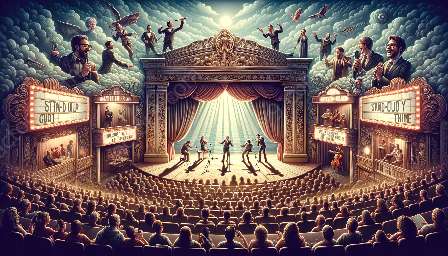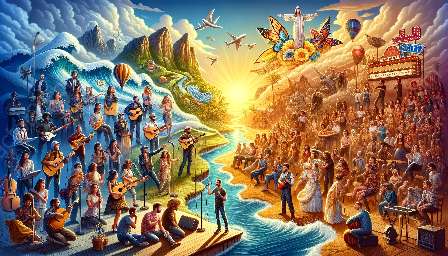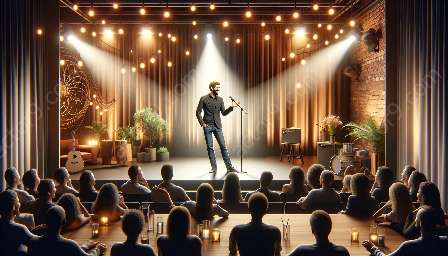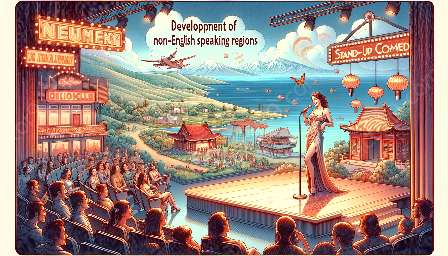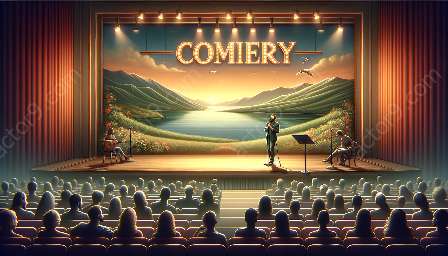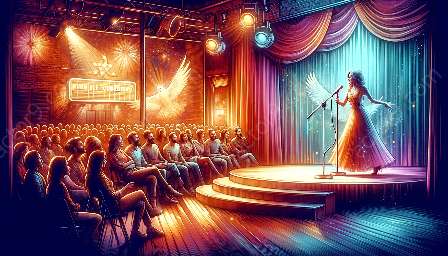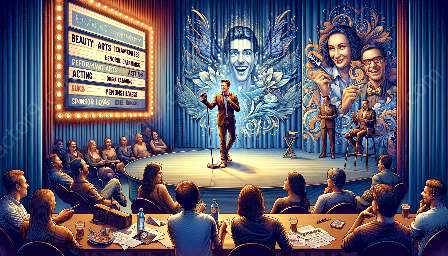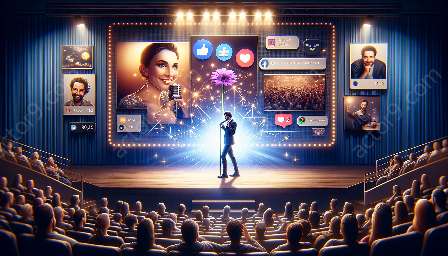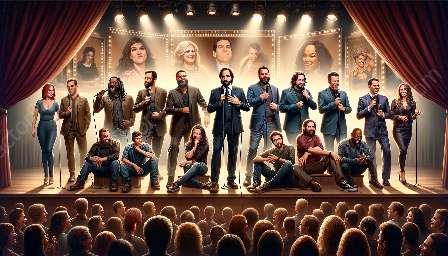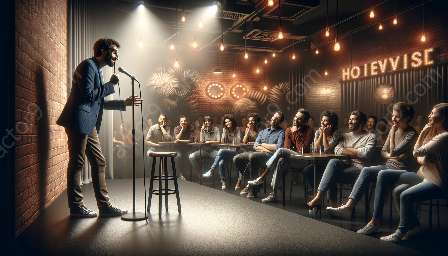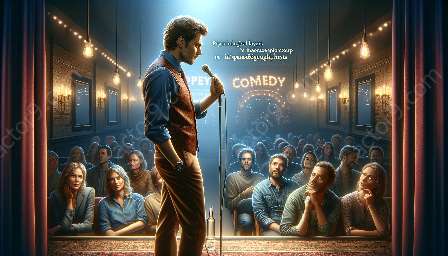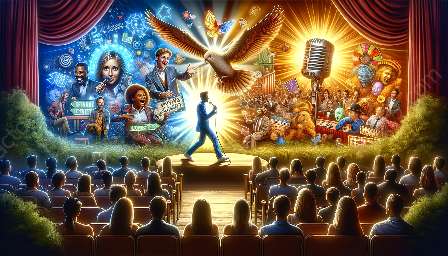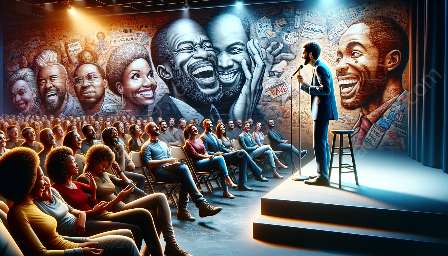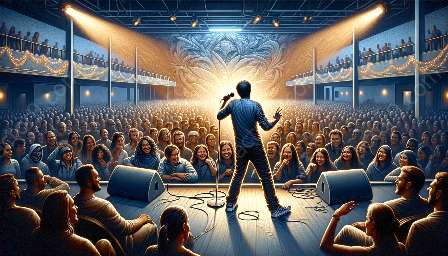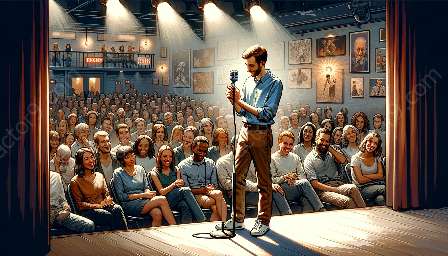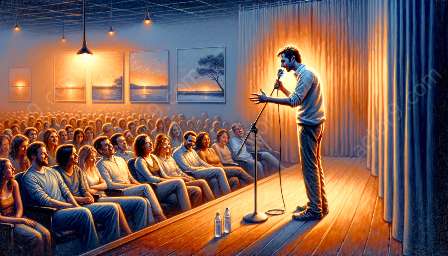Stand-up comedy has always been a reflection of societal norms and values, and the preferences of audiences have evolved significantly over time. From the early days of vaudeville to modern digital platforms, comedians have adapted their material to cater to changing audience tastes. This evolution can be attributed to a myriad of factors, including cultural shifts, technological advancements, and the diversification of comedy consumers.
History of Stand-Up Comedy
The history of stand-up comedy can be traced back to ancient civilizations, where comedic performances were utilized for entertainment and social commentary. In the United States, the modern form of stand-up comedy emerged in the late 19th century, with vaudeville acts and variety shows serving as popular platforms for comedic expression. Comedians such as Milton Berle, George Burns, and Gracie Allen gained notoriety during this era for their ability to captivate audiences with humor that often centered around lighthearted observational comedy and slapstick humor.
As stand-up comedy continued to evolve, the counterculture movements of the 1960s and 1970s brought about a shift in comedic preferences. Comedians like Lenny Bruce and George Carlin challenged social and political norms through their provocative and boundary-pushing material, paving the way for modern stand-up comedy's role as a platform for social critique and commentary. The 1980s and 1990s saw the rise of stand-up as a mainstream form of entertainment, with comedians like Eddie Murphy and Jerry Seinfeld achieving widespread success through their relatable and observational humor.
Modern-Day Stand-Up Comedy
In today's digital age, the landscape of stand-up comedy has been transformed by the advent of streaming platforms and social media. As a result, the preferences of comedy audiences have shifted once again, with an emphasis on diverse voices and alternative comedic styles. Comedians like Dave Chappelle and Ali Wong have garnered immense popularity for their ability to tackle complex social issues with both wit and empathy, resonating with audiences who seek out comedy that reflects their own experiences and perspectives.
Furthermore, the rise of niche comedy communities and subgenres has allowed for a more personalized comedy experience, as audiences gravitate towards comedians who align with their specific interests and sensibilities. From dry, deadpan humor to absurdist comedy, the modern landscape of stand-up offers something for every comedic palate. Additionally, the accessibility of online platforms has enabled a more global audience, leading to a demand for comedy that transcends cultural and linguistic barriers.
Impacts of Changing Audience Preferences
The changing preferences of comedy audiences have had a profound impact on the content and delivery of stand-up comedy. Comedians are now navigating a landscape where authenticity, vulnerability, and social awareness are valued as much as traditional comedic prowess. The evolution of technology and social media has also provided comedians with new avenues for connecting with audiences and testing material, influencing the way material is developed and refined.
From a socio-cultural perspective, the shifting preferences in stand-up comedy reflect larger societal changes, such as the growing emphasis on diversity, inclusion, and representation. Audiences are increasingly seeking out comedians who can offer fresh perspectives and challenge traditional comedic norms, leading to a more dynamic and inclusive comedy landscape.
Conclusion
The changing audience preferences in stand-up comedy are a testament to the art form's ability to adapt and evolve alongside society. Through its rich history and dynamic present, stand-up comedy continues to serve as a mirror to our collective experiences, offering laughter, introspection, and social commentary in equal measure.


